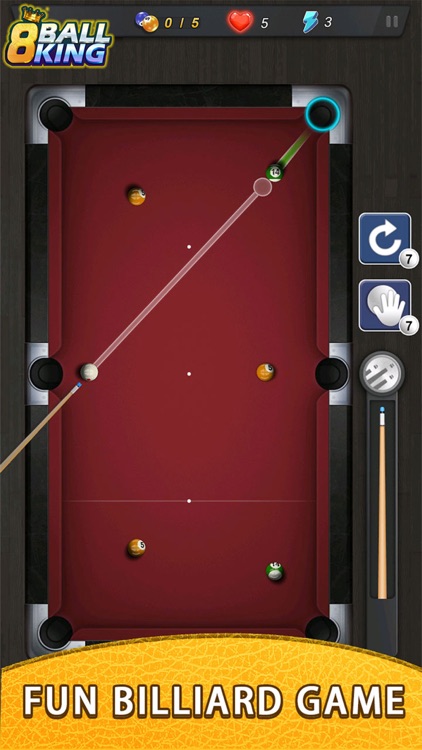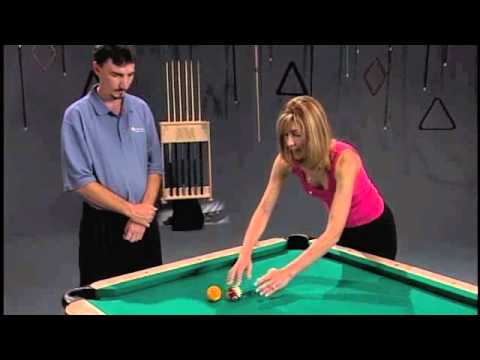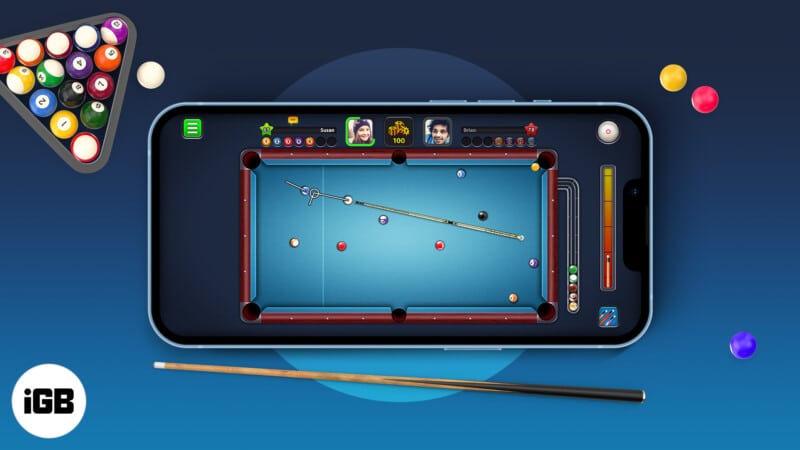
Slate is the most common material used for a pool table's base. However, there are other options. These alternatives include slatron, permaslate, plastic honeycomb surface, and particle board. They will eventually wear out, even though they look great at the showroom.
Mudstones
The construction process of a pool table varies depending upon whether it is made of slate or nonslate. It's durable and can break down into large chunks, so slate is the preferred choice. The initial step for reducing the size and weight of the table is to make a rough cut.

3 piece slate
Three-piece slate pool table are more versatile than one piece ones and more flexible. A table's weight is divided evenly by the three pieces of slate. Three-piece tables are also easier to move and level. They also don't sag over the years, making them easier for transport.
MDF
MDF or medium density fiberboard (MDF) is a great alternative to slate for pool tables. MDF is a mixture of wood fibers and resin that makes it very sturdy and durable. It also offers smoother, leveler play than laminate. MDF is considerably lighter than slate, making it easier to move from one place to another. MDF tables are also less expensive than their slate counterparts. Their lifespans are shorter than their slate counterparts.
Warping
When it comes to pool tables, the most talked about component is the slate. It doesn't matter if you decide to buy a slate or non-slate pool table, it is important that you understand the differences between them. Despite this, most people don't understand the differences between slate tables and non-slate ones. But, most people know that a slate table is necessary.
Cost
The type of material used to build a pool table is one of the most crucial decisions you will make. There are many types of materials for pool tables. But you need to focus on the quality material that is used to frame the pool table. While some materials are more durable than others and are less likely to crack, some are more susceptible to warping.

Installation
Installation of slate pool tables and non-slate pools tables is not an easy task. Professionals should perform the installation. You need to ensure that the legs of the table are properly aligned and that all hardware has been attached. Make sure you check the ball return and tilt regulation mechanisms. It will save you both time and money to inspect the pool table carefully. Ultimately, you should try to install the table in such a way that it offers a smooth experience for players.